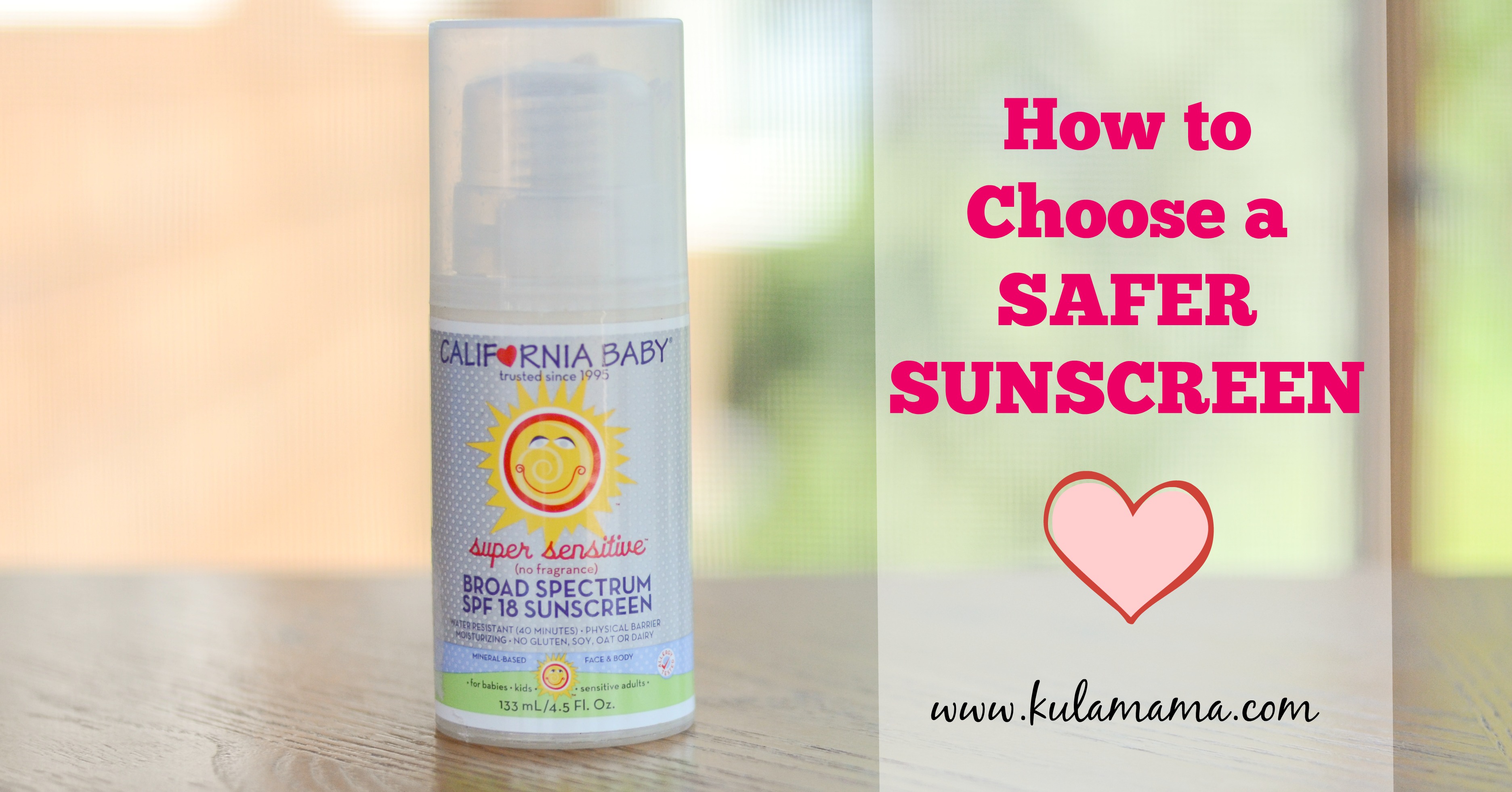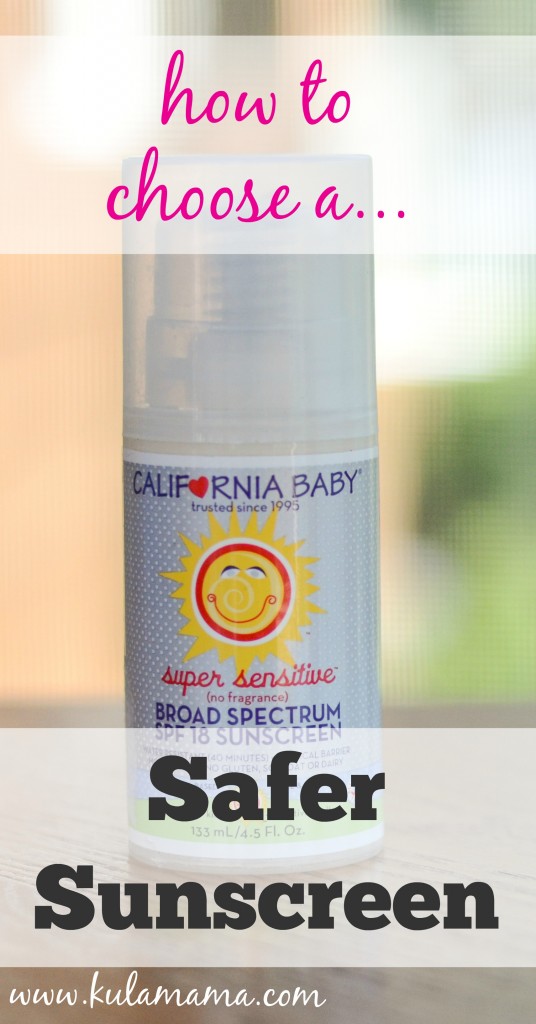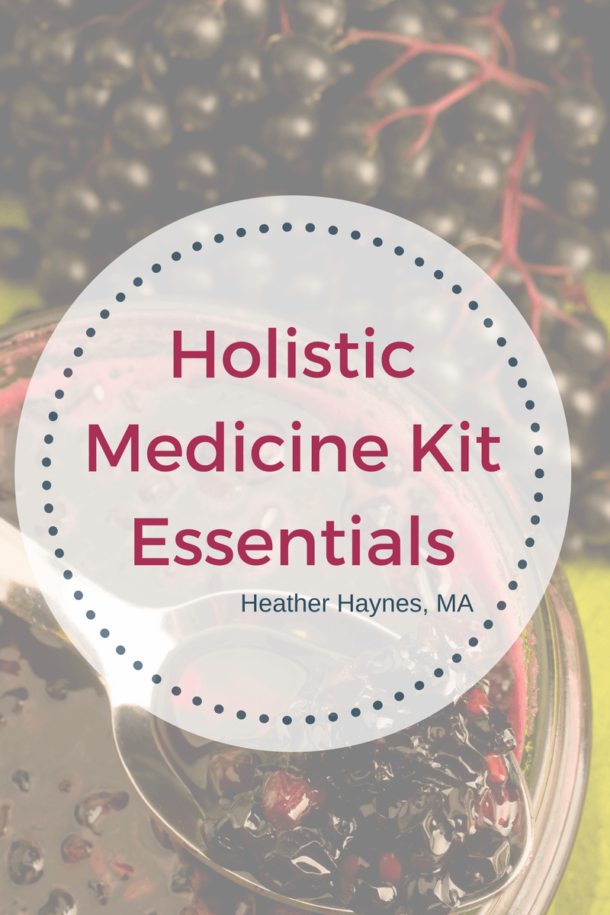Do you dutifully apply sunscreen on all of your exposed skin every time you go out in the sun? There are a few reasons why this widely circulated advice is counter to reason, one of which is the sunscreen itself.
Every year the Environmental Working Group (EWG) releases their annual guide to sunscreens, and this year’s data again shows that you must be very cautious when choosing sunscreen to apply to your skin.
Two-thirds of the sunscreens analyzed by EWG did not work well or contained potentially hazardous ingredients. This included many of the most popular brands on the market.
If you use sunscreen purchased from a drug store, grocery store, or discount chain, there’s a high chance your sunscreen is on EWG’s worst sunscreens list. So do yourself (and your kids) a favor by getting up to speed which sunscreens are safe, and which are toxic, before slathering up again.
EWG Releases Toxic Sunscreens’ List
Top-selling sunscreen brands including Neutrogena, Rite Aid, Walgreens “Well” brand, “Up and Up” brand from Target, and Coppertone were among those that made the most toxic list. Most contained the following three “red flag” ingredients. If you see them listed on the label of your sunscreen, throw it away and choose another:
1. Oxybenzone
This is one of the most troublesome ingredients found in the majority of sunscreens. Its primary function is to absorb ultraviolet light. However, oxybenzone is also believed to cause hormone disruptions and cell damage that may provoke cancer. According to EWG:
“…the chemical oxybenzone penetrates the skin, gets into the bloodstream and acts like estrogen in the body. It can trigger allergic reactions. Data are preliminary, but studies have found a link between higher concentrations of oxybenzone and health harms.
One study has linked oxybenzone to endometriosis in older women; another found that women with higher levels of oxybenzone during pregnancy had lower birth weight daughters.”
2. Retinyl Palmitate (Vitamin A palmitate)
Sunscreen products may actually increase the speed at which malignant cells develop and spread skin cancer because they contain vitamin A and its derivatives, retinol, and retinyl palmitate.
The problem occurs when this form of vitamin A is exposed to the sun (as opposed to when it is used in night cream, for example), which is why sunscreens that contain it should be avoided.
3. Fragrance
I caution against using personal care products that contain synthetic fragrance, as this term describes any number of harmful chemicals that do not have to be listed individually on the label. Some common “fragrance” chemicals include:
Parabens: Synthetic preservatives known to interfere with hormone production and release.
Phthalates: Another synthetic preservative that’s carcinogenic and linked to reproductive effects (decreased sperm counts, early breast development, and birth defects) and liver and kidney damage.
Synthetic musks: These are linked to hormone disruption and are thought to persist and accumulate in breast milk, body fat, umbilical cord blood, and the environment.
How to Choose a Safer Sunscreen
The sunscreens featured in EWG’s best sunscreens’ list do not contain the three toxic ingredients listed above. In lieu of the skin-penetrating hormone-disrupting chemicals like oxybenzone, the safer sunscreens tended to use non-nanoparticle sized zinc- and titanium-based mineral ingredients, which block the sun’s rays without penetrating your skin. Additionally, here’s what to look for when choosing a safer sunscreen:
Avoid Spray Sunscreens: These are incredibly popular, especially for kids, but the convenience comes at a price. When the sunscreen is sprayed, toxic particles are released into the air, making them easy to breathe in, with unknown health effects.
Avoid Super-High SPFs: Higher SPF sunscreens (SPF 50+) are not intrinsically harmful. However, there’s evidence that the higher protection level gives people a misleading sense of security, encouraging them to stay in the sun longer than they should. In reality, research suggests that people using high-SPF sunscreens get the same or similar exposure to ultraviolet (UV) rays as those using lower-SPF products.
Avoid Sunscreen Towelettes or Powders: These offer dubious sun protection and the powder poses a risk of lung irritation if you inhale it.
Protects Against Both UVA and UVB Rays: SPF only protects against UVB rays, which are the rays within the ultraviolet spectrum that allow your body to produce vitamin D in your skin.
But the most dangerous rays, in terms of causing skin damage and cancer, are the UVA rays. This is why you always want to make sure any sunscreen you buy protects against UVA as well as UVB.
How Can You Determine if Your Sunscreen Offers UVA Protection?
For many years, sunscreens only screened out UVB rays. More recently, as the risks of UVA have been established, sunscreens have also started to filter out UVA. However, while all sunscreens protect against UVB, only some protect against UVA – and in the US, it’s difficult to determine which offer adequate protection and which do not. Even a sunscreen that claims to be “broad spectrum” may not provide adequate UVA protection. As EWG reported:
“After a 34-year process of reviewing sunscreen safety and efficacy, the U.S. Food and Drug Administration has implemented enforceable rules on sunscreen marketing and UVA protection. The FDA allows American sunscreen makers to claim their products are ‘broad spectrum,’ even though many offer much poorer UVA protection than sunscreens sold in other countries.
Based on the products in our 2014 database, EWG estimates that abouthalf of all beach and sport sunscreens could not be sold in Europe because they provide inadequate UVA protection… Also still legal under the new FDA rules are products with sky-high SPFs that prevent sunburn but leave users at risk of UVA-related skin damage.”
For now, in the US, there’s no way to measure a sunscreen’s ability to protect you from UVA just by reading the label (the way you can gauge UVB protection using the SPF). However, look for a sunscreen that contains the minerals zinc oxide and titanium dioxide. UVA is divided into two wave ranges, UVA1, which measures 340-400 nanometers (nm, or billionths of a meter), and UVA2, which measures from 320-340 nanometers.
Titanium dioxide is a physical filter for UVB and UVA2, while zinc oxide is effective against UVB and both ranges of UVA (UVA1 and UVA2).
Why You Should Only Use Sunscreen When Absolutely Necessary
If you work in the outdoors all day, are planning a trip to an outdoor theme park, or if you need to protect sensitive areas of your face (like around your eyes), safe sunscreen is certainly recommended. But if you apply sunscreen every time you’re out in the sun, you’ll block your body’s ability to produce vitamin D. Optimizing your vitamin D levels may reduce your risk of as many as 16 different types of cancer, including pancreatic, lung, ovarian, breast, prostate, and skin cancers.
That last one may surprise you, as we’re told that sunlight exposure causes skin cancer, but this is only part of the story. Studies show melanoma mortality actually decreases after UV exposure. Additionally, melanoma lesions do not tend to appear primarily on sun-exposed skin, which is why sunscreens have been proven ineffective in preventing it. Exposure to sunlight, particularly UVB, is protective against melanoma (the deadliest form of skin cancer)—or rather, the vitamin D your body produces in response to UVB radiation is protective. The following passage comes from The Lancet:
“Paradoxically, outdoor workers have a decreased risk of melanoma compared with indoor workers, suggesting that chronic sunlight exposure can have a protective effect.”
By avoiding the sun, or blocking your vitamin D production by over-applying sunscreen when you are in the sun, your risk for vitamin D deficiency skyrockets, which increases your odds of developing melanoma and a multitude of other diseases. Not to mention, sunshine’s gifts extend well beyond vitamin D production. Five of the many noteworthy properties of spending some quality time in the sun include:
Pain-killing (analgesic) properties
Increased subcutaneous fat metabolism
Regulation of human lifespan (solar cycles appear to be able to directly affect the human genome, thereby influencing lifespan)
Daytime sun exposure improves evening alertness
Conversion to metabolic energy (i.e. we may “ingest” energy directly from the sun, like plants do)
How to Enjoy the Sun Safely
Enjoying the sun, and receiving all the health benefits it offers, must be balanced with the risk of overexposure. You definitely want to avoid getting burned, but you also want to avoid shielding yourself from the sun entirely. The more time goes on, the more obvious it has become, to me, that reverting back to simple basic strategies that our ancestors applied is really foundational to staying healthy.
When it comes to sun exposure, no one can rationally argue that our ancestors weren’t universally exposed to sunshine. They didn’t hide from the sun. They were continuously exposed to it. If you have light-colored skin, you can use the color of your skin to tell you when you’ve had enough sun and it’s time to get in the shade (or cover up using a long-sleeved shirt, pants, and a hat). Stay out just long enough so that your skin turns the very lightest shade of pink.
Continuing UV exposure beyond the minimal dose required to produce skin redness will not increase your vitamin D production any further. In Caucasian skin, this equilibrium will typically occur within 20 minutes or so of ultraviolet exposure during ideal conditions. It can take three to six times longer for darkly pigmented skin to reach the equilibrium concentration of skin vitamin D.
Shielding your face from the sun is a habit I recommend, as this will help keep it looking youthful longer, as UVA’s do tend to cause wrinkling and other skin damage. Your face, which is the most important cosmetic component of your body, is a relatively small surface area, so shielding it while exposing large portions of your body instead, is not going to make a big difference in terms of vitamin D production. This is why most cultures have traditionally worn a hat when in the sun.
I personally use a cap that puts a shade around my eyes and my nose. I do that just to protect my skin, because the skin is very thin on your face and highly sensitive to the photoaging effects of UVA. I rarely ever use sunscreen and virtually never get sunburnt. But I also take astaxanthin regularly, which serves as an internal sunscreen.
Astaxanthin is produced from marine algae in response to exposure to UV light. This is the way the algae protects itself, so it makes perfect sense that this deeply pigmented substance would have the capacity to “shield” you when it is taken in large enough quantities for a long enough time to saturate your body’s tissues. Typically, this takes several weeks of daily supplementation. Astaxanthin—a potent antioxidant—can also be used topically and a number of topical sunscreen products contain it. Some sunscreens are also starting to use astaxanthin as an ingredient to protect your skin from damage.
Safe Sunning: 5 Top Sunshine Tips
To sum up, do spend some time outdoors in the sun regularly (ideally daily), but do so with some commonsense precautions:
Give your body a chance to produce vitamin D; expose large amounts of skin (at least 40 percent of your body) to sunlight for short periods daily (a safe tanning bed can also be used for this purpose).
When you’ll be in the sun for longer periods, cover up with clothing, a hat or shade (either natural or that you create using an umbrella, etc.). A safe sunscreen can be applied after you’ve optimized your daily vitamin D production.
Shield your face from the sun daily using a safe sunscreen or a hat, as your facial skin is thin and more prone to sun damage like premature wrinkling.
Consider the use of an “internal sunscreen” like astaxanthin to offer additional protection against sun damage.
Consuming a healthy diet full of natural antioxidants is another incredibly useful strategy to help avoid sun damage to your skin. Fresh, raw, unprocessed foods deliver the nutrients that your body needs to maintain a healthy balance of omega-6 and omega-3 oils in your skin, which is your first line of defense against sunburn. Fresh, raw vegetables also provide your body with an abundance of powerful antioxidants that will help you fight the free radicals caused by sun damage that can lead to burns and cancer.



